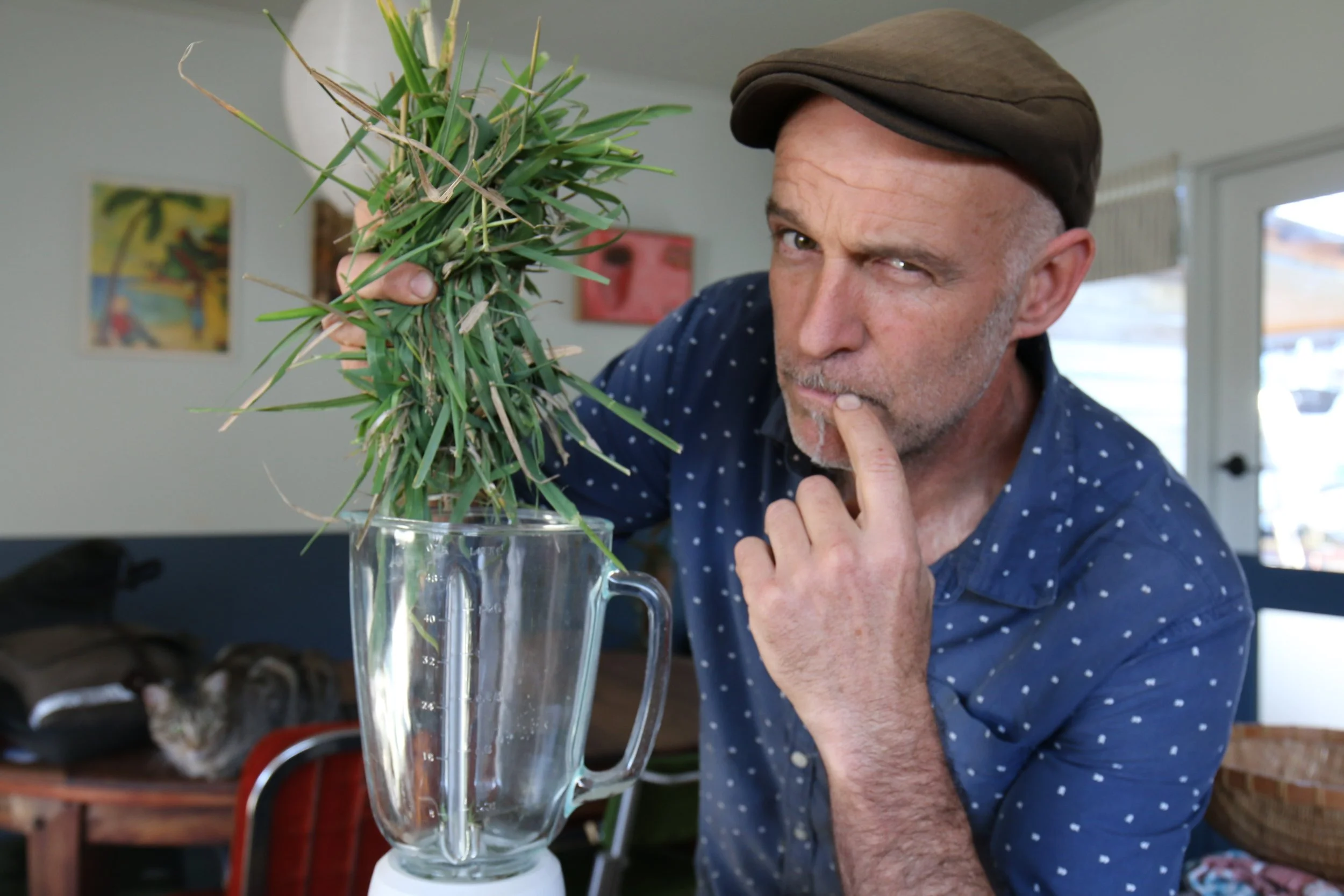How to use your ‘mind blender’
We have talked before about the importance of getting the moisture content of our compost piles right. Our favourite image for the ideal level is a wrung out, wet sponge, wet enough that, if you squeezed it hard you could just get out another drop, but not dripping water. This is around 55% moisture, perfect for good composting.
But, when we add another layer to our pile, be it bin or bay, how do we know our pile’s moisture level is just right, and how will what we are just adding to the pile affect this?
At YIMBY we like to get our composters to think about the moisture content of every ingredient they are adding to their pile (as well as the Carbon/Nitrogen ratio and lightness/density, but they are covered in other places). We use this visualisation exercise to help; imagine we take a compost ingredient and put it into a heavy-duty blender and vitamise it for a minute, how wet would it be when it comes out?
At YIMBY we like to get our composters to think about the moisture content of every ingredient they are adding to their pile (as well as the Carbon/Nitrogen ratio and lightness/density, but they are covered in other places).
We use this visualisation exercise to help; imagine we take a compost ingredient and put it into a heavy-duty blender and vitamise it for a minute, how wet would it be when it comes out?
Now, this may seem a strange thing to get people to imagine, but it really does help, and it is amazing how accurate most people are once they let their imagination loose on this.
Say we want to add a catcher full of fresh grass clippings to our compost pile, we probably can’t squeeze a single drop of water out of the grass as it is, but stop for a moment and visualise the blender. We can see in our mind that after blending the moisture in the cells of the grass is released and that grass is going to pour out of that blender like a smoothie, much wetter than our perfect wrung-out sponge.
So, fresh grass is a wet ingredient that will add moisture to our pile and will need to be balanced with some dryer ingredients to get the perfect mix. We don’t actually blend it before adding it to our piles, as long as the ingredients are not too large, the microbes will do the blending/breaking-down work in our pile, we just use the blender in our imagination to assess the moisture content.
Let’s try the trick again with something like woodchips. Put them in your imaginary blender and set to high. The pieces of wood might get very fine and chopped up, but it really doesn’t matter how long we blend them for, we are not going to get a runny mix out. So, woodchips are a dry ingredient and need to be balanced with something wetter.
Dry piles or mixes can be sprayed with water, and this does help, but lots of water will pour through a pile and take nutrients with it. Pre-soaking dry ingredients in a bucket a few hours before adding them to the pile will get more moisture to stay and is regular YIMBY practice over the Summer months, but the very best way to get moisture into our pile is in the very ingredients themselves.
Once we get this ‘mind blender’ trick working adding water to our pile will mostly be to counter drying out in hot and/or windy conditions, or to compensate for the moisture lost from a hot compost pile, all that ‘steam’ on cold mornings has to come from somewhere.
Have fun with your ‘mind blender’.
AUTHOR: JOEL MEADOWS
Joel Meadows works with Yes In My Back Yard, (YIMBY), a community-scale composting initiative in Castlemaine and surrounds. Send questions or comments to hello@yimbycompost.com or to book in for a compost workshop.
This was first published in the Midland Express on 22 may 2024

